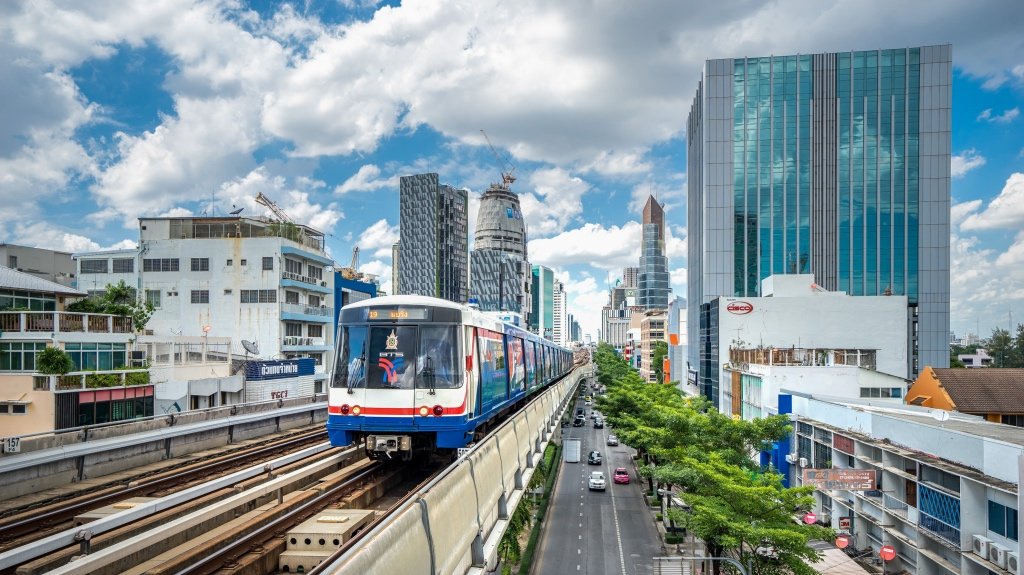Introduction
Urbanization is a global phenomenon that has been shaping the world for centuries. As more and more people move from rural areas to cities, the social, cultural, and economic landscape of these urban areas undergo significant changes. In this blog post, we will explore the sociology of growing cities and discuss some of the key trends associated with urbanization.
1. The Rise of Megacities
One of the most notable trends in urbanization is the rise of megacities. These are cities with populations exceeding 10 million people. Megacities are often characterized by high population densities, extensive infrastructure, and diverse cultural landscapes. Examples of megacities include Tokyo, Delhi, and New York City.
2. Urban Sprawl
Urban sprawl refers to the expansion of urban areas into surrounding rural or undeveloped land. This trend is often driven by factors such as population growth, increased demand for housing, and the expansion of transportation networks. Urban sprawl can have both positive and negative impacts on cities, including increased access to amenities but also increased traffic congestion and environmental degradation.
3. Gentrification
Gentrification is the process of renovating and improving urban neighborhoods, often resulting in the displacement of lower-income residents. This trend is driven by factors such as rising property values, increased investment in urban areas, and changing demographics. Gentrification can lead to both positive and negative outcomes, including improved infrastructure and amenities but also the loss of affordable housing and cultural diversity.
4. Social Inequality
Urbanization is closely linked to social inequality. As cities grow, disparities in income, education, and access to resources often become more pronounced. This can lead to social tensions and challenges in providing equitable opportunities for all residents. Addressing social inequality is a critical aspect of sustainable urban development.
Conclusion
Urbanization is an ongoing process that continues to shape our world. Understanding the sociology of growing cities is essential for policymakers, urban planners, and individuals alike. By recognizing and addressing the key trends associated with urbanization, we can work towards creating more inclusive, sustainable, and livable cities for all.



































